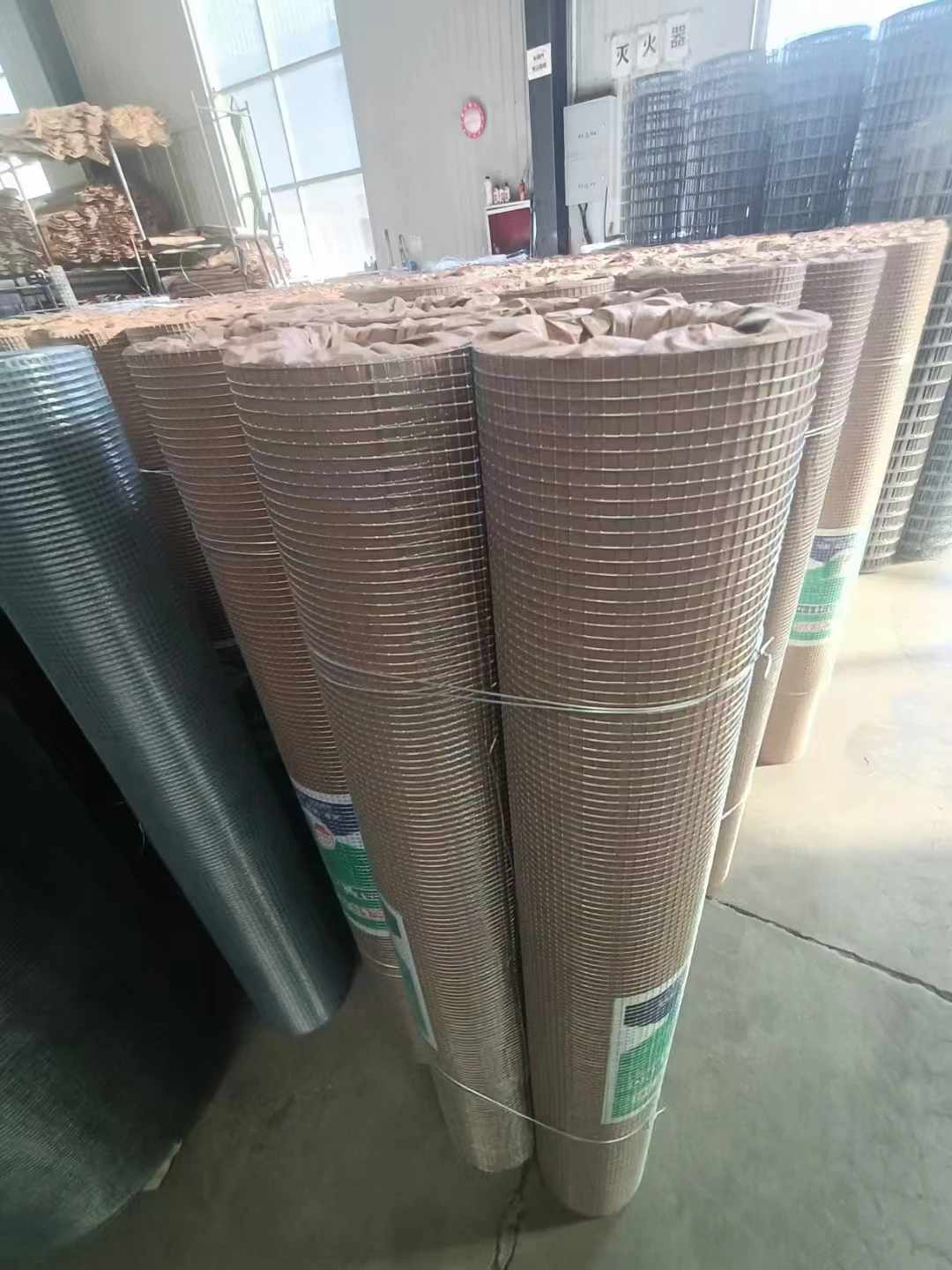-
 Afrikaans
Afrikaans -
 Albanian
Albanian -
 Amharic
Amharic -
 Arabic
Arabic -
 Armenian
Armenian -
 Azerbaijani
Azerbaijani -
 Basque
Basque -
 Belarusian
Belarusian -
 Bengali
Bengali -
 Bosnian
Bosnian -
 Bulgarian
Bulgarian -
 Catalan
Catalan -
 Cebuano
Cebuano -
 China
China -
 Corsican
Corsican -
 Croatian
Croatian -
 Czech
Czech -
 Danish
Danish -
 Dutch
Dutch -
 English
English -
 Esperanto
Esperanto -
 Estonian
Estonian -
 Finnish
Finnish -
 French
French -
 Frisian
Frisian -
 Galician
Galician -
 Georgian
Georgian -
 German
German -
 Greek
Greek -
 Gujarati
Gujarati -
 Haitian Creole
Haitian Creole -
 hausa
hausa -
 hawaiian
hawaiian -
 Hebrew
Hebrew -
 Hindi
Hindi -
 Miao
Miao -
 Hungarian
Hungarian -
 Icelandic
Icelandic -
 igbo
igbo -
 Indonesian
Indonesian -
 irish
irish -
 Italian
Italian -
 Japanese
Japanese -
 Javanese
Javanese -
 Kannada
Kannada -
 kazakh
kazakh -
 Khmer
Khmer -
 Rwandese
Rwandese -
 Korean
Korean -
 Kurdish
Kurdish -
 Kyrgyz
Kyrgyz -
 Lao
Lao -
 Latin
Latin -
 Latvian
Latvian -
 Lithuanian
Lithuanian -
 Luxembourgish
Luxembourgish -
 Macedonian
Macedonian -
 Malgashi
Malgashi -
 Malay
Malay -
 Malayalam
Malayalam -
 Maltese
Maltese -
 Maori
Maori -
 Marathi
Marathi -
 Mongolian
Mongolian -
 Myanmar
Myanmar -
 Nepali
Nepali -
 Norwegian
Norwegian -
 Norwegian
Norwegian -
 Occitan
Occitan -
 Pashto
Pashto -
 Persian
Persian -
 Polish
Polish -
 Portuguese
Portuguese -
 Punjabi
Punjabi -
 Romanian
Romanian -
 Russian
Russian -
 Samoan
Samoan -
 Scottish Gaelic
Scottish Gaelic -
 Serbian
Serbian -
 Sesotho
Sesotho -
 Shona
Shona -
 Sindhi
Sindhi -
 Sinhala
Sinhala -
 Slovak
Slovak -
 Slovenian
Slovenian -
 Somali
Somali -
 Spanish
Spanish -
 Sundanese
Sundanese -
 Swahili
Swahili -
 Swedish
Swedish -
 Tagalog
Tagalog -
 Tajik
Tajik -
 Tamil
Tamil -
 Tatar
Tatar -
 Telugu
Telugu -
 Thai
Thai -
 Turkish
Turkish -
 Turkmen
Turkmen -
 Ukrainian
Ukrainian -
 Urdu
Urdu -
 Uighur
Uighur -
 Uzbek
Uzbek -
 Vietnamese
Vietnamese -
 Welsh
Welsh -
 Bantu
Bantu -
 Yiddish
Yiddish -
 Yoruba
Yoruba -
 Zulu
Zulu
anti hail netting
The Importance of Anti-Hail Netting for Agricultural Protection
Hailstorms can wreak havoc on farms and orchards, causing significant economic losses due to crop damage. For farmers, a single event of severe hail can lead to a complete loss of harvest, stressing the need for effective protective measures. One of the most efficient solutions to combat this natural menace is the installation of anti-hail netting. This technology has gained popularity in recent years as an economical and practical approach to safeguard crops.
Anti-hail netting consists of specially designed mesh fabrics that cover fields, orchards, or vineyards. These nets are typically crafted from durable materials such as polyethylene, which can withstand harsh weather conditions. The primary function of anti-hail netting is to create a physical barrier that minimizes the impact of hailstones on crops. By reducing the size and velocity of falling hail, the nets provide critical protection to delicate fruits and vegetables, ensuring that farmers do not face the catastrophic loss that hail can cause.
The Importance of Anti-Hail Netting for Agricultural Protection
Economic considerations play a significant role in the adoption of anti-hail netting. Though the initial investment may seem high, the long-term benefits often outweigh these costs. Farmers who invest in this protective technology can save substantially on crop insurance premiums, as their risk of hail damage decreases significantly. Moreover, the assurance of a protected harvest can lead to more stable income year after year, allowing for better financial planning and investment in improvements or expansion of farming operations.
anti hail netting

The installation of anti-hail netting is a process that requires careful planning and implementation. It involves assessing the specific needs of the crops, the geographical location of the farm, and the typical weather patterns experienced in the area. Farmers must choose the appropriate type of netting based on several factors, including the size and density of the mesh, as well as the height and shape of the structures that will support the nets. Each farming scenario is unique, and professionals in the field often provide valuable insights to optimize the protective setup.
In addition to protecting crops, anti-hail netting also has the potential to improve agricultural sustainability. By mitigating crop damage and losses, farmers are less likely to resort to excessive chemical use or other harmful practices aimed at recovering from hail-related losses. This aligns with modern agricultural practices that prioritize environmental stewardship and sustainable resource management.
Furthermore, as the climate continues to change, the frequency and intensity of hailstorms may increase. This makes the implementation of anti-hail netting even more critical for future agricultural resilience. The technology not only addresses current challenges but also prepares farmers for upcoming climate-related threats.
In conclusion, anti-hail netting represents a practical and effective solution for protecting crops against the devastating impacts of hailstorms. Its ability to improve crop yields, reduce economic risks, and promote sustainability makes it an invaluable tool for modern farming. As farmers face the ongoing challenges of unpredictable weather patterns, investing in anti-hail netting can be a proactive step toward ensuring agricultural viability and food security for the future. With continued advancements in materials and design, the future of agricultural protection looks promising, and anti-hail netting will likely play a central role in that evolution.
-
Shipping Plastic Bags for Every NeedNewsJul.24,2025
-
Safety Netting: Your Shield in ConstructionNewsJul.24,2025
-
Plastic Mesh Netting for Everyday UseNewsJul.24,2025
-
Nylon Netting for Every UseNewsJul.24,2025
-
Mesh Breeder Box for Fish TanksNewsJul.24,2025
-
Expanded Steel Mesh Offers Durable VersatilityNewsJul.24,2025











